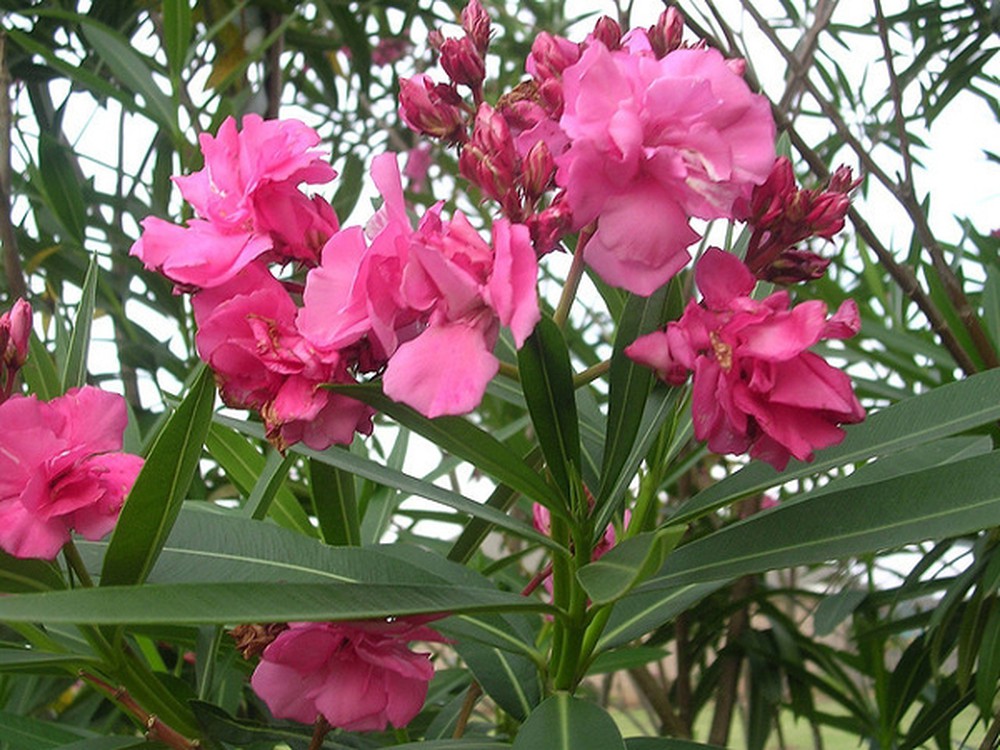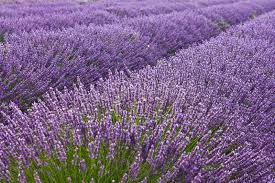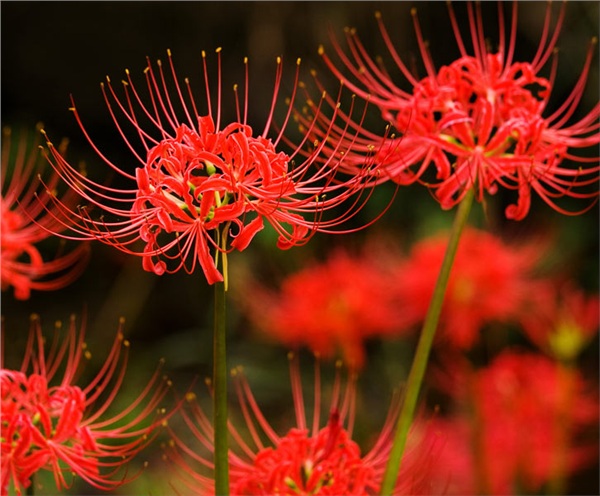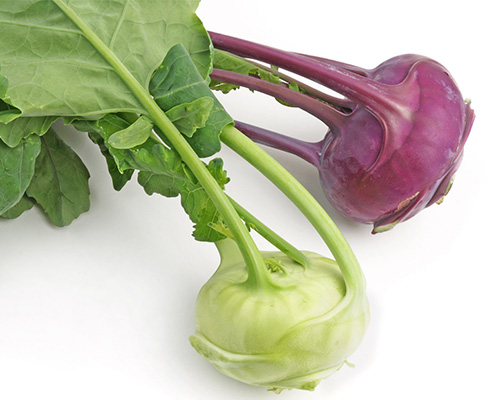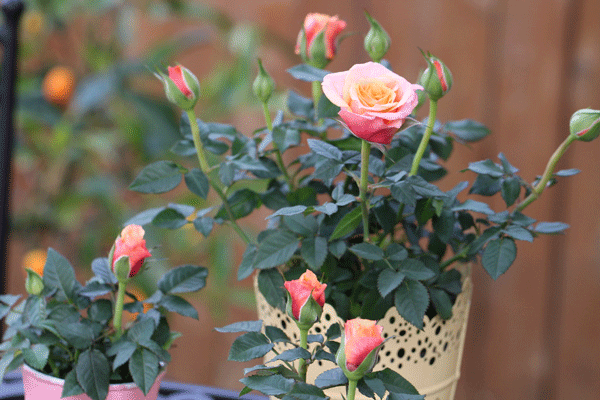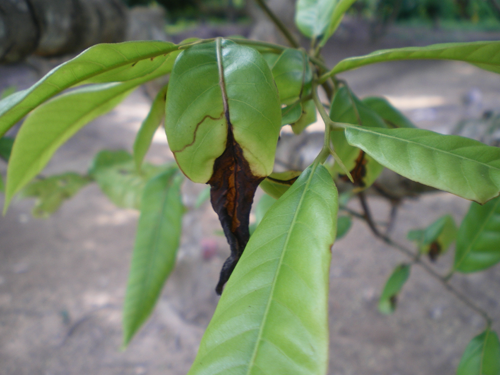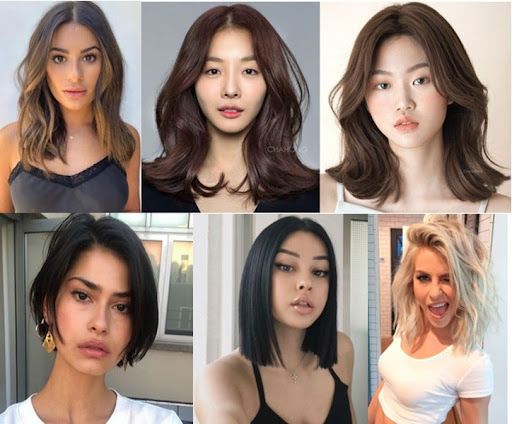You’re in for an entertaining ride as you discover the most common Russian hair color, how they differ from one another, and the extreme outliers in the spectrum beyond in the following paragraphs.
Overview of the most common Russian hair color
The first thing you need to do in order to find an answer to this problem is to realize that Russian hair color is home to people of a huge variety of ethnicities. The more than 180 officially recognized ethnic groups in Russia each have significantly different skin tones and hair hues.
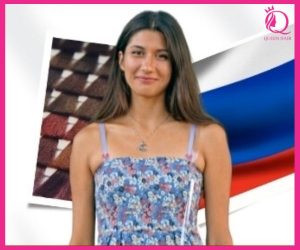
Some of the more frequent ethnic groups in the south have a tendency to have darker hair, in contrast to the majority of persons of Slavic heritage, who have blonde or light brown hair. The majority of Chechens, on the other hand, have black hair. Because there are a significant number of mongoloid peoples who live in the Far East, it is not unusual to come across a person who has dark hair. It is impossible to determine which shade of Russian hair color is the most popular because there is such a wide variety of tones that are practically evenly distributed over the world.
The fact that one’s hair color can and will change throughout the course of their lifetime adds extra confusion to the situation. Because lighter hair tends to become darker with age, blonde youngsters may end up having black hair when they are adults. Let’s discuss about where people in Russia get their black, brown, blonde, and red hair. These are the four most frequent Russian hair color.
Top of the most Russian hair color
People of the same nationality may have wildly varied Russian hair color due to differences in geography, heredity, and even the local climate. Therefore, it is not surprising to find a wide range of hair hues amongst close relatives. If you’re interested in Russian hair color at all, Russia is a fascinating country to study because it’s home to so many different shades.
Brown hair – The most Russian hair color
In the southern and eastern regions of Russian hair color, respectively, you are more likely to come across people with brown hair that ranges from medium to dark in tone.

Brown hair, on the other hand, is the most common hair color in the globe, including Russia, which means that you are likely to come across it nearly anyplace in Russia, albeit in a variety of colors. The majority of people with Russian hair color have brown hair, making it the most common hair color there.
Blonde hair – The most Russian hair color
It is well known that a significant number of Russian hair color have ancestry that can be traced back to the Vikings; some of them even have blonde hair (via the Teutons and the Vikings). It’s possible that blonde Russians, who were once quite rare, are suddenly becoming more common in the Arctic.
In comparison to the southern regions of Russian hair color, the northern sections of the country have a significantly larger population of people who have light-colored hair.

People who live in northern Russia share ancestry with people who live in Finland and the Baltic region. As a direct consequence of this, several Mesolithic populations that lived in the area around the Baltic Sea shared the same fair skin and curly hair as their ancestors who originated in Russia.
Slavic hair – The most Russian hair color
Most Slavic people have hair anything from a light brown to a jet black, however the colors tend to blend together. Many more people than might be expected have hair that is between between light brown and blonde.
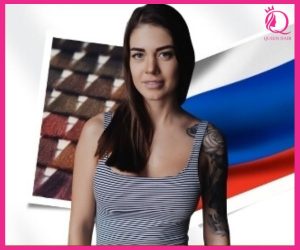
The term “Rusiy” is a slang term derived from the moniker “dirty blonde,” which describes this color. The color is named from the tint it shares with wheat straw. Given how similar it is to the color of wheat straw, that’s what it’s been called.
It is a common misconception that young Slavic children, in particular, have hair that is more brightly colored than that of the rest of Russia. Therefore, many Russian Slavs have light skin and hair. Moving southern, however, one begins to see a significant shift from the prevalence of dark brown hair to that of lighter brown hair.
No, black hair is not completely out of the question. Some southern Slavs have dark hair, however this is far more unusual than it may seem. Blonde or light brown hair is a common birth defect in the Slavic region. The percentage of people with light hair is decreasing because children born with blonde hair are more likely to transition to brown as adults.


